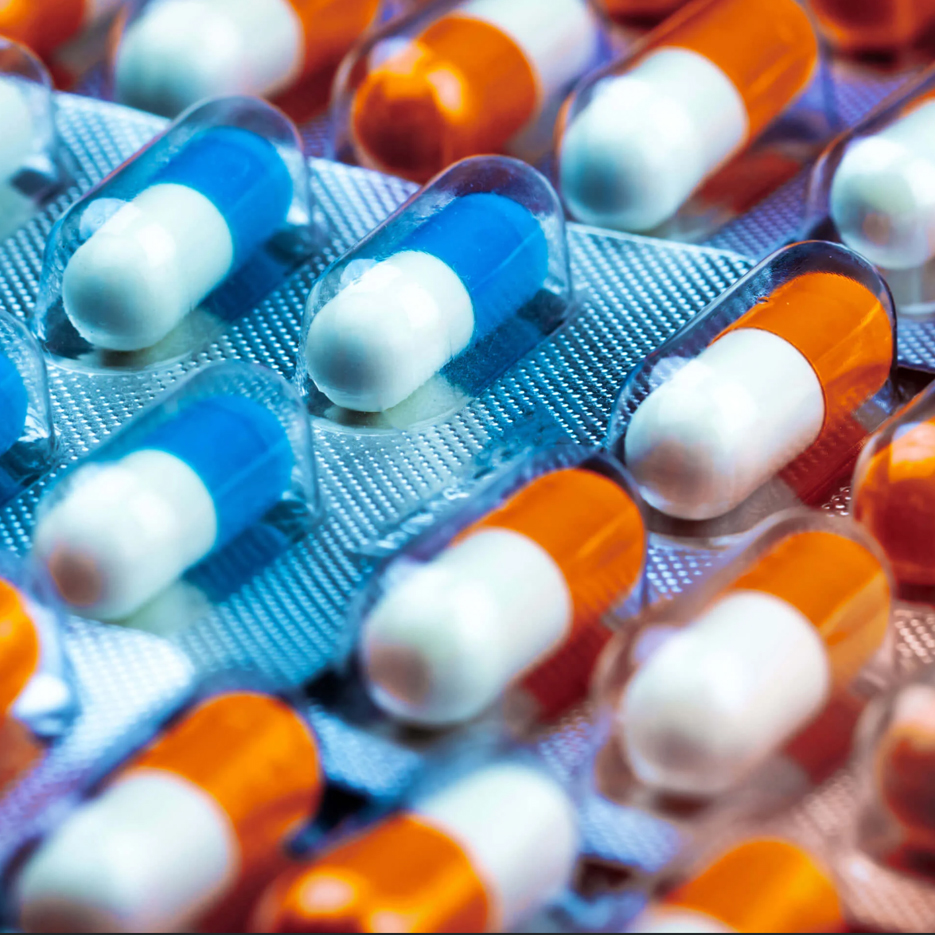The development and approval of drugs in the United States follow a rigorous process to ensure safety, efficacy, and quality. This process is overseen by the U.S. Food and Drug Administration (FDA) and typically takes several years. It involves multiple stages, including research, testing, clinical trials, and regulatory review before a drug can be made available to the public.
The first step in drug development is the preclinical phase, where scientists conduct laboratory research and animal testing to study how a drug interacts with biological systems. This phase helps determine the drug’s potential benefits, proper dosage, and possible side effects. If the results are promising, the company submits an Investigational New Drug (IND) application to the FDA, requesting approval to begin human trials.
Next, the drug enters clinical trials, which are conducted in three phases. Phase 1 involves a small group of healthy volunteers to assess safety and dosage. Phase 2 expands the study to patients with the targeted condition to evaluate the drug’s effectiveness and side effects. Phase 3 includes a much larger group, often across multiple locations, to confirm its safety, effectiveness, and possible interactions with other drugs. If successful, the company submits a New Drug Application (NDA) to the FDA for approval.
Once the NDA is submitted, the FDA reviews all the data, including clinical trial results, manufacturing processes, and proposed labeling. This process can take several months to years. The FDA may also seek input from advisory committees of experts before making a final decision. If approved, the drug can be marketed and prescribed to patients.

Even after approval, drugs undergo post-market surveillance to monitor their long-term safety and effectiveness. The FDA requires companies to report any adverse effects, and in some cases, additional studies may be necessary. This continuous monitoring helps ensure that drugs remain safe for public use and that any unforeseen risks are addressed promptly.
The drug development process is lengthy and expensive but is essential for ensuring public health. Each step is carefully designed to balance innovation with patient safety, ensuring that only effective and well-tested drugs reach the market.

1. Discovery and Preclinical Research
- Drug development begins with research in laboratories, where scientists identify potential compounds that may have therapeutic effects.
- These compounds undergo preclinical testing in laboratories and on animals to assess safety, toxicity, and potential effectiveness.
- If the results are promising, the drug moves to human clinical trials.
2. Investigational New Drug (IND) Application
- Before testing in humans, drug developers must submit an IND application to the FDA.
- The IND includes data from preclinical studies, proposed human trial plans, and details on how the drug is manufactured.
- If the FDA approves the IND, clinical trials can begin.
3. Clinical Trials (Human Testing)
Clinical trials are conducted in three phases:
- Phase 1: A small group of healthy volunteers (or patients in some cases) tests the drug for safety, dosage, and side effects.
- Phase 2: A larger group of patients receives the drug to evaluate its effectiveness and further assess safety.
- Phase 3: Thousands of patients participate in large-scale studies to confirm effectiveness, monitor side effects, and compare it to existing treatments.
4. New Drug Application (NDA) and FDA Review
- If clinical trials are successful, the drug developer submits a New Drug Application (NDA) to the FDA.
- The FDA reviews all data, including clinical results, safety profiles, and manufacturing processes.
- A panel of experts may evaluate the drug and provide recommendations.
5. FDA Approval and Post-Market Monitoring
- If the drug meets all standards, the FDA approves it for public use.
- After approval, the drug continues to be monitored for long-term effects through post-market surveillance and Phase 4 studies.
- The FDA may take action, such as issuing warnings or withdrawing the drug, if safety concerns arise.
Conclusion
Developing a new drug in the U.S. can take 10-15 years and costs billions of dollars. While the process is lengthy, it ensures that medications are both safe and effective for patients.
Related Products
-
Metformin 500MG
$0.80 / Per Pill
-
Cipro 500MG
$1.00 / Per Pill
-
Hydroxychloroquine 400MG
$1.50 / Per Pill





